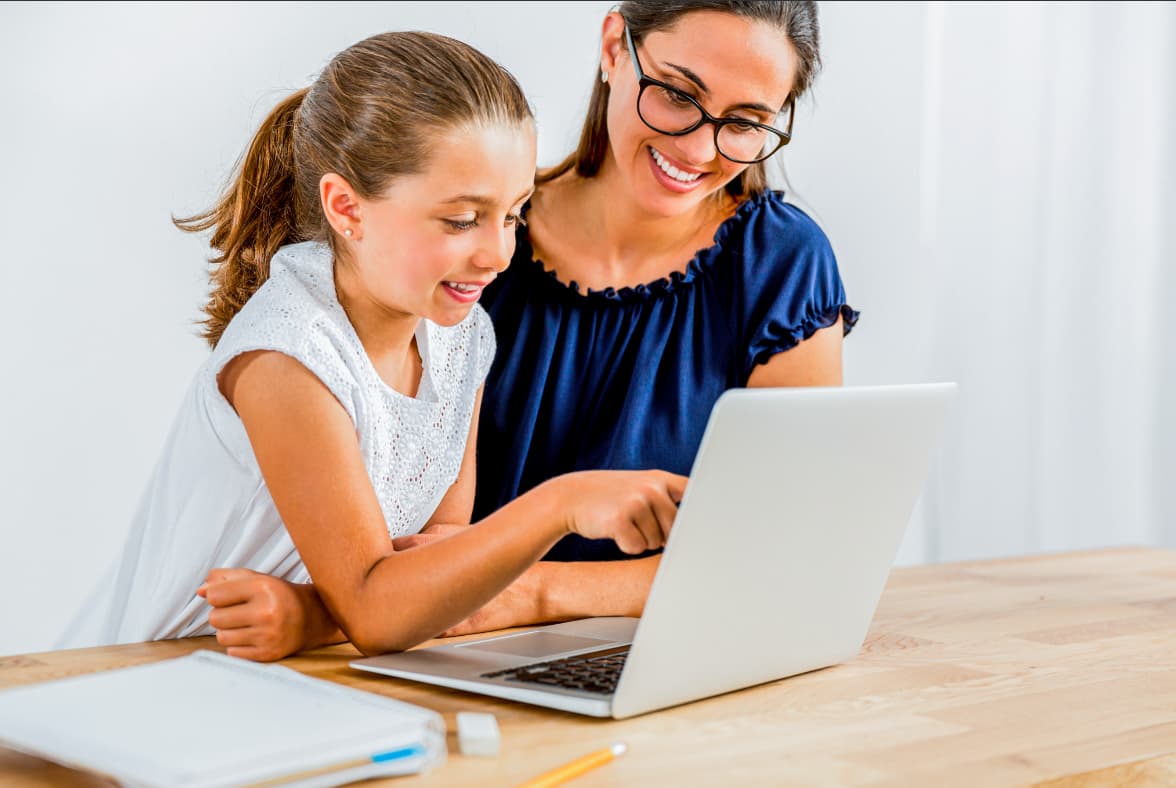Dyslexia is a learning disorder relating to reading and writing that is neurological in origin. Brain imaging technology shows that people with dyslexia process sound-based (phonological) information in a different part of the brain compared with non-dyslexics. Dyslexia is characterised by difficulties with accurate and/or fluent word recognition and by poor spelling and decoding abilities.
These difficulties typically result from a deficit in the ability to hear and manipulate the separate sounds (phonemes) of language. So, children with dyslexia find it difficult to decode and therefore understand language and particularly written words. Secondary consequences may include problems with reading comprehension and reduced reading experience that can impede the growth of vocabulary and background knowledge, so they find reading difficult and may try to avoid it.
It is a myth that people with dyslexia “read backwards”. Their spelling can look quite jumbled at times, not because they read or see words backwards, but because students with dyslexia have trouble remembering symbols for sounds and letter patterns in words.
Key characteristics of children with dyslexia are:
- Difficulty in recognising words that begin with the same sound (e.g. bird, baby and big all start with ‘b’)
- Pronunciation difficulties
- Difficulty remembering spoken directions and instructions.
As dyslexic students progress through school, the way their dyslexia manifests may change. Students in primary school have difficulty reading, spelling and pronouncing multisyllabic words and have difficulty spelling and recognising words, even common words like “the”. Reading aloud can be a real challenge for them, and they often try to avoid reading in class. This lack of fluency with language means that reading comprehension tasks and written work can be very challenging.
Students in secondary school with dyslexia may continue to have difficulty with:
- automatic word identification
- reading speed
- spelling and written tasks, including note-taking
- organising and completing assignments
- processing information
- written instructions
- timed tasks, including exams.
It is not surprising that the consistent difficulty that students with dyslexia face when processing both spoken and written words can take a toll on their confidence. That doesn’t mean, however, that they lack vivid imaginations and lively intellects. In fact, often people with dyslexia have great oral language skills and extremely good memories – perhaps because they cannot as easily as others rely on written notes. Parents of dyslexic students should explore with their child’s school the possibility that they have a scribe for important written exams.
Personalised learning can be a real benefit for students with dyslexia. Too often, we hear our students say that they are ashamed to ask the questions they need to ask in the classroom. However, with one-to-one tutoring, each student can get the support they need. This will, in turn, build their confidence and engagement.
Cluey Learning has +915 tutors, many of whom are qualified teachers with extensive experience working with students with special learning needs, and others with specific training in this area. Our tutor-matching algorithms ensure that we can match students with tutors that have the necessary skills and experience. Cluey also offers ongoing training to our tutors to ensure that they can adapt their knowledge to the specific context of online tutoring and the Cluey platform. We find the following strategies very helpful for our students with dyslexia:
- Clarify or simplify directions and instructions. Repeat where needed. If instructions contain several steps, break down the instructions into subsets. Simplify by only presenting one portion of the instructions at a time. Provide both written and oral instructions.
- Mnemonic devices can be helpful for students to remember key information or steps in a learning sequence.
- Session review is very helpful. We encourage our tutors to review learning at the end of each session and also review what was learned previously in the next session. This is helpful for all students, and really assists dyslexic students to connect new information with prior knowledge.
- Scaffolding learning helps students, and so Cluey’s focus on setting learning goals and reviewing them at the end of the session maintains learning continuity and helps students to understand the organisation of the material they are learning.
- Cluey’s focus on post-session practice is important for students to consolidate and apply what they have learned, and also for tutors to identify what content needs to be revisited.
- Cluey’s integration of audio and video with an interactive whiteboard ensures that learning is both visual and aural. It is important for tutors of students with dyslexia to maintain an ordered whiteboard with as little visual distraction as possible. We also train our tutors to use larger font sizes, colour and highlighting to organise material and help students to identify the most important concepts and information.
Tutoring offers personal attention and the opportunity to address specific learning needs, which make it highly effective for students with special learning needs such as dyslexia. One of the key benefits of tutoring for these students is that they acquire a better understanding of themselves as learners. Rather than feeling ashamed and reluctant to draw attention to themselves, in a live learning session with a trained and experienced tutor, dyslexic students can learn how to manage their unique approach to learning and play to their strengths. As Rick Molineux, Cluey’s Head of Primary English, says, “So often we see children with dyslexia struggle to learn the way they are taught; at Cluey, we aim to teach each child the way they learn.”
